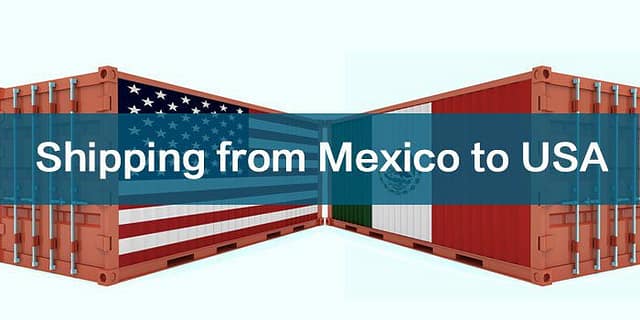
Adapting to Anticipated Hikes in Freight Costs in 2024
In an era marked by rapid changes, constant uncertainty, and frequent unforeseen events, the transportation sector and its associated shipping rates have seen significant fluctuations recently. The exact timing of market shifts remains unpredictable, yet historical trends suggest that a pivotal change is not far away. Consequently, astute shippers are staying informed about industry trends.
Freight Market Analysis and Strategy for 2024
Market Fluctuations and Current Trends
- Pandemic Impact and Shipping Volumes: The shipping industry saw a 10% increase in volumes during 2020 and 2021 due to the pandemic’s impact, causing increased consumer spending and manufacturing activity.
- Supply and Demand Dynamics: Post-2020, the market experienced oversupply, leading to the current significant oversupply situation.
- Rate Adjustments: Adjusted for inflation, truckload spot rates are at their lowest in a decade, with a delayed supply correction.
- Economic Recovery Signs: Recent data shows recovery signs in the goods economy but with a continued market oversupply.
- Industry Job Loss and Capacity Reduction: The trucking industry lost 27,000 jobs last year, and a further reduction in capacity is expected.
Strategic Preparations for 2024
- Forecasts for Rate Increases: Forecasts predict an increase in spot rates in 2024, with estimates ranging from 5% to 30%.
- Single-Platform Approach: Using a single platform for managing shipments can aid in strategizing against market shifts.
- Optimization Strategies: Shippers are encouraged to deploy optimization strategies, like route consolidation.
- Proactive Measures and Market Analysis: Companies are advised to adopt early strategies and stay updated on market trends.
BE PREPARED
Change is accelerating rapidly, and the business world, particularly in supply chains linking suppliers, manufacturers, and consumers, is increasingly characterized by uncertainty and unforeseen events. In this dynamic environment, transportation is essential, enabling the flow of goods from their origin to their destination.
Astute businesses are closely monitoring the evolving transportation sector. LHP advises against relying solely on a single projection and suggests looking at spot trucking rates as a reliable predictor for the next four to six months. According to LHP, “Spot rates are an early indicator of future trends in the broader contract market and other areas, such as intermodal and less-than-truckload (LTL) shipping.”
LHP notes that various external projections unanimously anticipate a rise in spot rates sometime in 2024, with predictions ranging from a 5% increase to as high as 30%. Given that these industry projections and spot rates often precede other rate hikes across different modes, it’s crucial for shippers to start preparing for these market changes now.
It’s important to note that contract rates typically follow spot rates, usually with a few months’ delay. This means shippers may not immediately experience increased contracted costs as spot rates rise. In 2024, contract rates might even remain stable or slightly decrease compared to the previous year. Nonetheless, shippers should be prepared for potential disruptions, such as increased tender rejections, and have backup plans in place.
Act Proactively, Not Reactively
Predicting the exact moment of market shifts is challenging, but historical trends suggest a shift is likely approaching. The transportation market, like others, is influenced by broader economic factors such as inflation, rising interest rates, increased business expenses, and geopolitical developments. These elements significantly impact consumer and business expenditures, which in turn affect freight volumes. A resolution to these issues – a decline in inflation, stabilization of interest rates, and easing of geopolitical tensions – could lead to enhanced growth in the U.S. economy in 2024.
For shippers, staying informed about the spot market and keeping abreast of ongoing market trends is crucial. Partnering with organizations like LHP for connecting with carriers is essential for thriving under varying market conditions. David Burdick, National Accounts Manager at LHP, emphasizes the importance of timely action. “It’s essential to be forward-thinking and have a ready strategy for when the market shifts, a timing that remains uncertain,” he advises. Delaying the implementation of a well-defined strategy and establishing connections with partners who can buffer market fluctuations makes strategy deployment more challenging. This is especially pertinent as these strategies generally require around 12 weeks to implement, meaning they cannot be activated instantaneously upon recognizing a market recovery.
Looking ahead to 2024, it’s important to consider the expected rise in freight rates. Analyze your existing network, engage in discussions with your carriers, and seek innovative solutions to mitigate expected cost increases. LHP offers the necessary tools for real-time quote transparency and operational efficiency, enabling companies to save time and resources in any market scenario.
In conclusion, significant shifts are expected in the transportation market in 2024, especially regarding freight rates. Shippers need to be proactive, adapt their strategies, and collaborate with platforms like LHP to optimize operations and mitigate risks.




